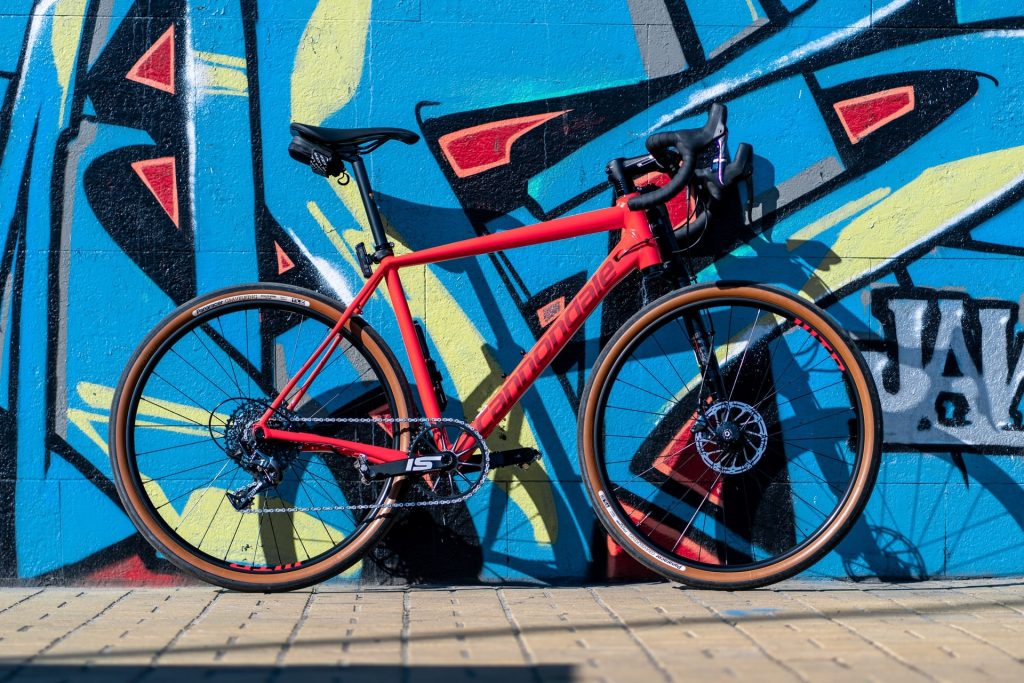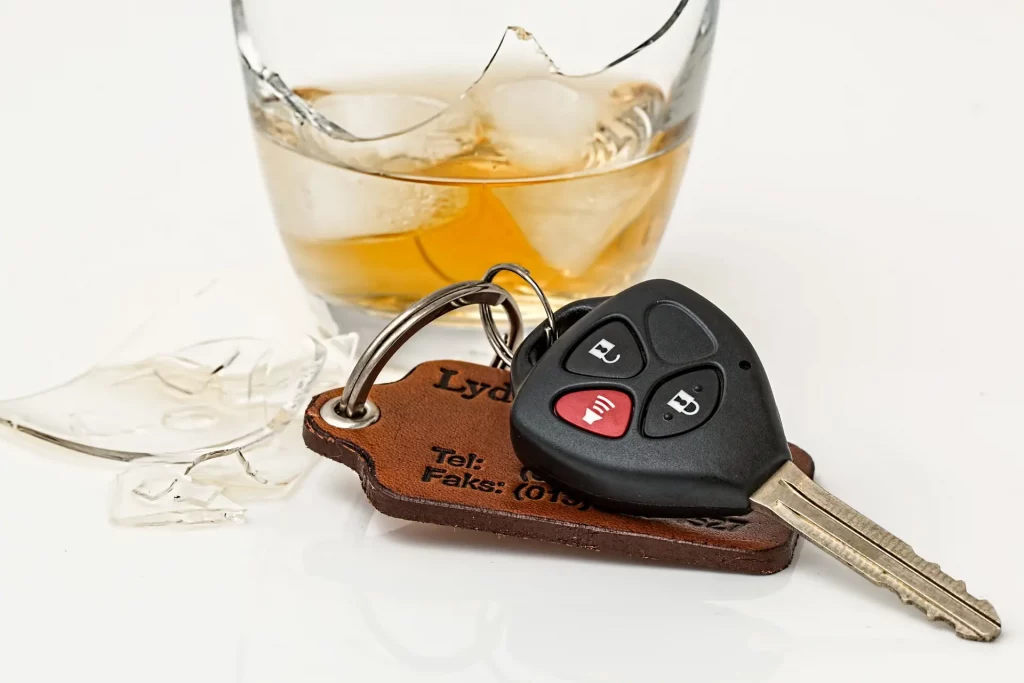New York City’s fast-paced environment and aging infrastructure create numerous slip and fall hazards in apartments and businesses throughout the five boroughs. These accidents can result in serious injuries, significant medical expenses, and lost income. Understanding the most common hazards and your legal rights is essential for both preventing accidents and pursuing compensation when injuries occur. Property owners and managers have legal obligations to maintain safe premises, and when they fail in this duty, injured parties may have grounds for a premises liability lawsuit.
The Legal Foundation: Premises Liability in New York
Under New York law, property owners and managers have a legal duty to maintain their premises in a reasonably safe condition for visitors, tenants, and customers. This duty extends to regularly inspecting the property, identifying potential hazards, and either correcting dangerous conditions or providing adequate warnings about them.
The specific legal obligations vary depending on the visitor’s status. Invitees, such as customers in a store or guests in a hotel, are owed the highest duty of care. Licensees, including social guests in someone’s home, are owed a somewhat lesser duty, while tresppassers are generally owed only the duty not to be intentionally harmed.
To succeed in a slip and fall claim, injured parties must typically prove that the property owner knew or should have known about the dangerous condition and failed to address it within a reasonable time frame. This is often established through evidence of prior complaints, maintenance records, or testimony about how long the hazardous condition existed.
Wet and Slippery Surfaces: The Leading Cause
Wet floors represent the most common slip and fall hazard in NYC apartments and businesses. In commercial settings, spills from beverages, cleaning activities, or leaking equipment create immediate dangers. Restaurants, grocery stores, and retail establishments are particularly susceptible to these hazards due to high foot traffic and frequent cleaning.
Apartment buildings face similar challenges, with wet surfaces commonly occurring in lobbies during rainy weather, near building entrances where snow and ice are tracked in, and in common areas like laundry rooms where washing machines may overflow or leak. Building management has a responsibility to address these conditions promptly and to use proper signage warning of wet floors.
Poor drainage systems exacerbate wet surface problems throughout NYC. Many older buildings have inadequate drainage, causing water to pool in entryways, hallways, and basements during heavy rain or snow melt. Property owners who fail to address these systemic drainage issues may be held liable for resulting slip and fall accidents.
Defective Stairs and Railings
NYC’s numerous multi-story buildings mean that defective stairs and railings pose significant slip and fall risks. Common stairway hazards include uneven step heights, worn or missing treads, inadequate lighting, and loose or missing handrails. Building codes require specific measurements for stair rise and run, and deviations from these standards can create dangerous conditions.
Handrails must be properly secured and at appropriate heights to provide adequate support. In apartment buildings, deteriorating railings are often overlooked during routine maintenance, creating serious safety hazards for residents and visitors. Commercial buildings face similar challenges, particularly in older structures where stairs may not meet current building codes.
Emergency exits present additional concerns, as these stairwells are often poorly lit and infrequently used, leading to deteriorating conditions that go unnoticed until someone is injured. Property owners have a legal obligation to maintain emergency egress routes in safe condition at all times.
Inadequate Lighting Conditions
Poor lighting significantly increases slip and fall risks by preventing people from seeing hazards clearly. In apartment buildings, burned-out bulbs in hallways, stairwells, and entryways create dangerous conditions, especially for elderly residents or those with vision impairments.
Commercial establishments must provide adequate illumination in all areas accessible to customers and employees. This includes parking lots, walkways, restrooms, and storage areas. Inadequate lighting can hide spills, uneven surfaces, or obstacles that could cause someone to trip and fall.
Property owners are generally required to inspect and maintain lighting systems regularly. Failure to replace burned-out bulbs promptly or to upgrade inadequate lighting systems can result in liability for injuries that occur due to poor visibility.
Torn or Wrinkled Carpeting and Flooring Issues
Flooring defects create serious trip hazards in both residential and commercial properties. Torn, wrinkled, or loose carpeting can catch someone’s foot, causing them to fall forward and sustain injuries. In apartment buildings, high-traffic areas like lobbies and hallways are particularly susceptible to carpet wear and damage.
Commercial properties face similar challenges with carpeting, but also deal with issues related to tile, hardwood, and other flooring materials. Loose tiles, warped floorboards, and uneven transitions between different flooring types can all create trip hazards.
Regular inspection and prompt repair of flooring defects are essential for preventing accidents. Property owners who ignore obvious flooring problems or defer necessary repairs may be held liable for resulting injuries.
Weather-Related Hazards
New York’s varied weather conditions create seasonal slip and fall hazards that require proactive management. During winter months, ice and snow accumulation on sidewalks, building entrances, and parking areas create extremely dangerous conditions.
Property owners have legal obligations to remove snow and ice within reasonable time frames after storms. NYC regulations require property owners to clear sidewalks within four hours of the end of a snowfall during daylight hours, or by 11 AM if the snow stops overnight.
Spring and summer bring different challenges, including pooled water from heavy rainstorms and slippery conditions from humidity and condensation in air-conditioned buildings. Property managers must adapt their maintenance routines to address these seasonal hazards effectively.
Debris and Obstacles
Cluttered walkways and unexpected obstacles create significant trip hazards in both apartments and businesses. In residential buildings, items left in hallways, loose handrails, or protruding fixtures can cause accidents. Commercial properties may have merchandise, cleaning equipment, or construction materials that block walkways or create tripping hazards.
Property owners have a duty to keep common areas and customer-accessible spaces free from obstacles. This includes regularly inspecting for and removing debris, ensuring adequate clearance in walkways, and properly storing materials that might create hazards.
Elevator and Escalator Malfunctions
While not traditional slip and fall hazards, elevator and escalator malfunctions can cause similar injuries. Elevators that don’t level properly with floors create trip hazards, while malfunctioning escalators can cause passengers to fall.
Property owners must maintain these mechanical systems according to strict safety standards and conduct regular inspections. Failure to properly maintain elevators and escalators can result in serious liability for resulting injuries.
Building Code Violations
Many slip and fall accidents occur due to building code violations that property owners have failed to address. These might include inadequate handrail heights, improper stair dimensions, insufficient lighting levels, or missing required safety features.
Building code violations can serve as evidence of negligence in slip and fall cases, as they demonstrate that the property owner failed to meet established safety standards. Regular code compliance inspections can help identify and address these issues before accidents occur.
Your Rights After a Slip and Fall Accident
If you’ve been injured in a slip and fall accident in an NYC apartment or business, you may be entitled to compensation for medical expenses, lost wages, pain and suffering, and other damages. However, pursuing these claims requires understanding complex premises liability laws and gathering appropriate evidence to support your case.
Time is critical in slip and fall cases, as evidence of the hazardous condition may be quickly removed or repaired after an accident. It’s important to document the scene thoroughly and seek medical attention immediately, even if injuries seem minor initially.
The experienced personal injury attorneys at Rosenberg & Rodriguez understand the unique challenges of slip and fall cases in New York City. We know how to investigate these accidents, identify liable parties, and build strong cases for maximum compensation. Don’t let property owners escape responsibility for maintaining unsafe conditions – contact us today for a free consultation about your slip and fall injury claim.




